Just remember to log in as an administrator to run the same .exe file to start the process. After accepting its license terms, you'll have to tick again the option where you can create installation media then hit Next. Choose your preferred specific settings or just tick the button for the recommended options to proceed to the next page.
On the next page, it will ask you what kind of media storage you'll want to use in this specific instruction. You'll just have to choose "USB flash drive" then tap Next. You'll see all the flash drives and external hard disks that are currently connected to your computer or device. Select the appropriate one for your specific needs and don't forget the fact that it will automatically delete all the existing data within your chosen hard disk. Once you've finished selecting a specific hard disk, it will start to download the latest Windows 10 installation files on your computer or device. Your USB memory stick is made bootable with the newest Windows 10 setup after the download and verification process is over.
Right after clicking the Finish button, your memory stick is ready to be used in the booting or installing process involving the same OS. The Media Creation Tool will allow you to download the installation file and save it to your computer as an ISO file, or create a bootable USB flash drive automatically. Therefore, you can use this tool to upgrade your computer to Windows 10 or create installation media for another computer. The best point is that you don't need to have a valid license to download the Windows 10 installation file. Furthermore, you can use this tool to download and install major updates in Windows 10, such as the Creators Update.
One of the primary functions of this tool is to create a Windows 10 ISO image. To do just that, you'll have to begin by running the MediaCreationTool1809.exe file using a user account with administrator permissions. After accepting its Terms and Conditions, you'll be asked to proceed with the things you're intended to do. For this specific function, you'll need to tick "Create installation media for another PC," then click the Next button.
Choose your preferred Language, Edition, and Architecture that you want to use in setting up ISO files that you are about to download. On the other hand, you can always choose to tick "Use recommended settings for this PC," which will automatically select the appropriate selection that matches your PC settings. Right after you click next, you'll be directed into another page which will ask you to choose the media you wanted to use. Just select "ISO file" then choose its storage location and rename it based on your choice. It will automatically begin the download process for your ISO file after hitting the Save button. Once the download and verification are over, your downloaded ISO file will appear in the location you specified.
Just click the Finish button to burn your ISO file to your DVD or simply mount it in your available virtual machine. Just make sure to use a blank USB flash drive and DVD since after the process is over, any contents within will be deleted. Apart from that, this tool also lets you create installation media. You can create a Windows 10 bootable USB drive right from the app – without downloading the ISO file separately. Based on the architecture and Windows edition, it automatically detects the correct configuration and lets you create a bootable USB flash drive.
If you want, you can also download the latest ISO image of Windows 10 using this tool. Ian Paul/IDGOnce the tool is downloaded, double-click the MediaCreationTool.exe file to launch it. After clicking through the licensing agreement, you'll have the option either to upgrade your current PC or create installation media. We want the latter, so select the radio button labeled Create installation media for another PC and click Next.
Unlike third-party software like Driver Booster Free and IObit Software Updater, Windows Media Creation Tool is available on the Microsoft Store. The primary focus of the program is to install the latest OS version and updates. In order to accomplish this goal, you need to run the program as an admin. Additionally, you need to accept the license terms and notices before choosing the specific action.
With the tool, you can either create an installation media on USB or upgrade the PC. Luckily, doing a clean installation of Windows 10 is pretty simple. You just need your Windows 7, Windows 8.1, or Windows 10 license and a USB flash drive or writable DVD. That will download the Windows 10 ISO and begin the upgrade directly in the current OS.
Once downloaded you can use the Media Creation Tool to create a bootable flash drive to use on another PC or for a completely clean install. Alternatively, you can use it to upgrade your current PC to the latest version of Windows 10. Unlike other utility tools like Windows 7 USB DVD Download Tool and Windows 10 ISO Tool, this one gives you more flexibility. As such, you can choose between 64-bit or 32-bit operating systems, preferred language, OS edition, and more. The program lets you manually make selections or provides recommended options for your PC.
Once the installation process is complete, you can even save the file to an external hard disk. Once the USB creation or download process is complete, you can click 'Finish'. This lets the program clean up temporary files created in the system's directories. It also subsequently closes the wizard and allows you to check relevant changes. In case you used a USB flash drive, you can disconnect the device from the PC. Likewise, if you saved an ISO file, you can save it on a DVD.
Both methods let you upgrade multiple Windows PCs without much hassle. If you like to create installation media yourself or just want to download an ISO file with the latest version of Windows 10, then Media Creation Tool is your best bet. This reliable tool offers various indispensable functions made especially for ease of use. Most often, Windows users utilizing Windows Update to upgrade Windows 10 encounter errors like the common Windows 10 update error 0x e leading to upgrade failure. The good news is Microsoft's Media Creation Tool makes these things easier and more efficient for you. With this Windows upgrade tool, you can smoothly upgrade your computer to the latest version of Windows 10.
The installation process of Windows 10 has two main parts, including the setup and out-of-box experience . In the setup process, that's where you will select some of the basic settings, and you'll find the options to erase the hard drive, configure the partitions, and clean install Windows 10. The out-of-box experience happens after the setup is complete, and it's the stage where you'll configure your settings, such as region, network, account, privacy, and other settings. If you already have a backup of the device and files. The computer is configured to start from a USB flash drive, and non-essential peripherals are disconnected.
Then you can skip this part and jump to bootable media creation and a clean install process. You must have sufficient free storage space on your hard disk or solid-state drive for the installation files. Microsoft recommends you have at least 8 GB of free space.
However, the ISO file we last downloaded had 4.24 GB for the 64-bit version of Windows 10. When we chose to create an ISO file with both the 32-bit and the 64-bit setup, the file had 7.37 GB. That process asks for a product key to be entered and I was unsuccessful in entering a Windows 7 or 8. The product key step can be skipped so I did that and removed all partitions on the SSD and did a bare metal install signing in with my Microsoft Account.
Prepare a blank USB flash drive with at least 8 GB and connect it to your PC. Download the free Windows 10 media creation tool from the Microsoft's official website and run the tool. On the What do you want to do page, select Create installation media for another PC. Then select language, Windows Edition, and Architecture for the installation media.
On Choose which media to use page, select USB flash drive and follow the prompts to create the bootable USB drive. After you complete the steps, Rufus will download the ISO file from the Microsoft servers, and it'll create the bootable media to perform a clean install of Windows 10. If you have more than one PC at your home, make it a point to try out your other options before coming to a conclusion.
You will have to create a bootable ISO file or USB having at least 6 GB storage space using your alternative PC. Setting up main Windows requires approximately 4 GB storage. But this won't be of much help once your device starts taking updates. Your problem with the Media Creation Tool is most likely to get solved once you format your USB flash drive to NTFS format rather than FAT32.
In this tutorial, we will let you know how to update to Windows 10 May 2020 update using the official Media Creation Tool or using the downloaded ISO file. Before you go for the installation using ISO files, you need to read this. Ian Paul/IDGNow you have to decide whether you want to create installation media or just download an ISO file.
We want to create a USB flash drive, so select that radio button and click Next. If you downloaded a Windows 10 ISO to install later, you need to create bootable Windows 10 installation media using an ISO burning tool. You can burn the Windows 10 ISO to a USB flash drive or a disc.
You'll find instructions for both options below. If you must install or reinstall Windows 10, you can use the Windows 10 media creation tool to create your own installation media using either a USB flash drive or a DVD. You can get Windows 10 media creation tool by visiting the Microsoft Media Creation Tool website. Then click the Download tool now button from the webpage. Then install and run the application on your PC.
After that, you can choose to create installation media for another PC or upgrade Windows 10 with Windows 10 media creation tool. If you're looking for a bootable and portable installer, Windows Media Creation Tool will be an excellent choice. All you need is a blank DVD or USB flash drive with 8GB storage space. Additionally, you need a stable internet connection to initiate the process. Once you run the program, you only need to follow a few simple instructions to update your operating system.
With Windows Media Creation Tool, you can either select ISO file or the USB Flash Drive button. Depending on the selected option, you can notice a prompt that begins downloading Windows 10. If you choose the latter option, you need to connect a blank flash drive to the computer. With the former option, you have to choose a location on the hard disk to save the file. Before initiating the installation process, the program displays license terms and applicable notices. From here, you can either choose to select the 'Upgrade This PC' button or 'Create Installation Media' button.
While the former allows you to upgrade the existing version of your Microsoft Windows operating system, the latter lets you create an ISO file for installation on a USB drive. If checking windows updates didn't show the May 2021 Update being available, you can use the Official Windows 10 media creation Tool To force, manually upgrade to Windows 10 version 20H2. You can use the Media Creation Tool as a Windows 10 USB tool.
When the Windows 10 Media Creation Tool loads its user interface, it asks you to accept its license terms. Read the terms, and click or tap Accept to continue. Despite its shortcomings, Windows 10 is a pretty powerful and versatile desktop OS. Recently, Microsoft added Eco mode to Windows 10 to keep the battery life in check. Similarly, unlike Windows 7, you no longer have to update the drivers on Windows 10 manually, which is a big relief. There are simply many good reasons for a user to move to Windows 10.
So if you are on Windows 7, 8, or 8.1, you can use Windows 10 Media Creation Tool to upgrade your PC to Windows 10. Apart from that, you can learn how to use Windows 10 Media Creation Tool for updating Windows 10 to the latest build without any wait. Not to mention, you can use this tool to create a bootable Windows 10 USB drive as well. Hit the 'Next' button, choose the 'USB Flash Drive' option, then select your flash drive from the list. Hit 'Next' one more time, then 'Finish' and the tool will begin the process of downloading Windows 10 and creating the USB installation drive.
The Go Back feature, which allows you to reinstall a previous version of Windows, is available for 10 days after upgrading to Windows 10 . The Windows installation files occupy a large amount of hard drive storage space during that time. The files are deleted automatically after 10 days. However, you can delete them manually if you want to free up storage space before then. Another function of Window 10 Media Creation Tool is that it can help you create an installation media for another PC or download ISO file.
And all Windows 10 editions are available when you select Windows 10, except for Enterprise edition. When finished, you can use the bootable USB drive or DVD disc to install Windows 10. Even if you're not that tech-savvy, you'll be able to fully utilize the tool's different special features without a problem. Overall, Microsoft's tool is helpful enough to cater to certain needs involving its very own operating system, Windows. Once you complete the steps, the computer will start from a USB flash drive to proceed with the clean installation process.
On Windows 10, a clean installation defines the process to wipe out the hard drive and start from scratch with a new setup when the device is having problems. For instance, this method can resolve memory, startup, shut down, apps, and performance issues. In addition, a fresh install can improve battery life, and it's perhaps the best approach to eliminating viruses and other types of malware.
The Media Creation tool used to run into problems when Windows 10 and the tool itself were new. Over the years, it is far less likely to run into problems. If you're having trouble downloading or burning Windows 10, make sure your USB is large enough to hold the file, and that you have a stable internet connection.









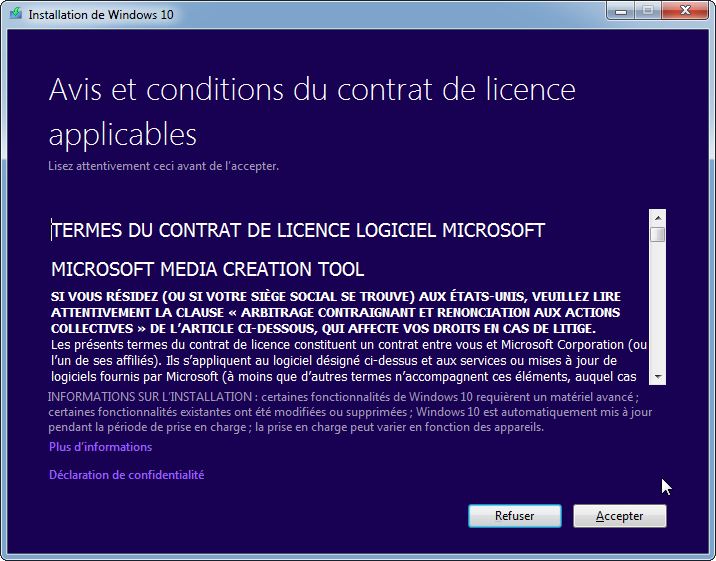

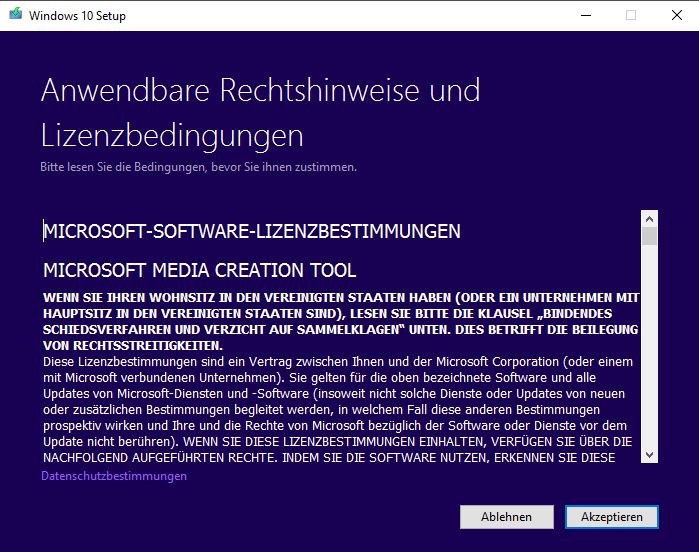




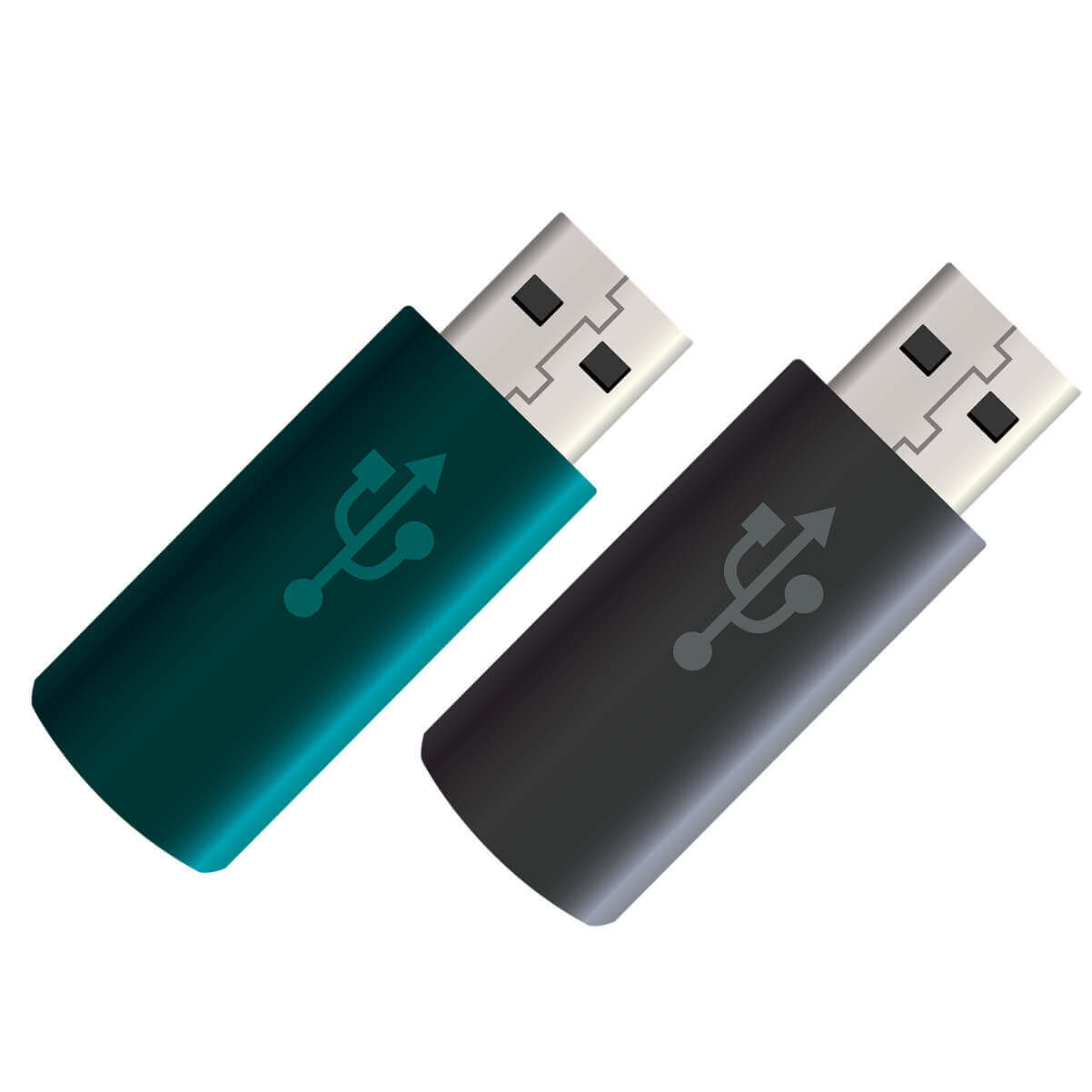

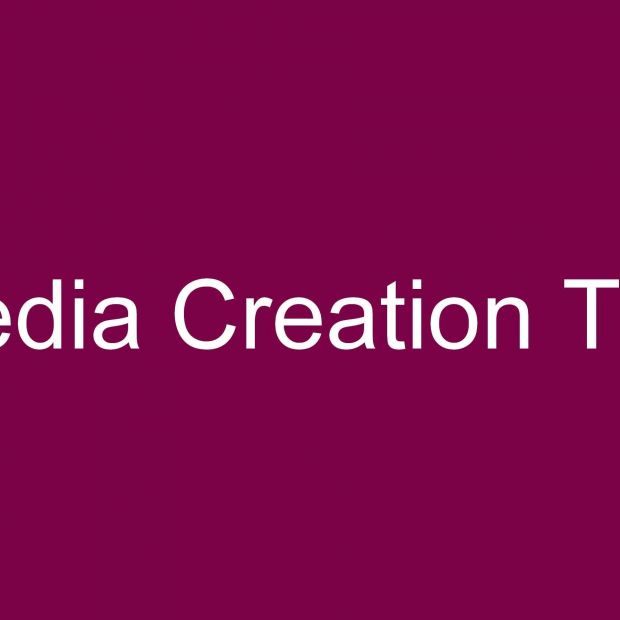




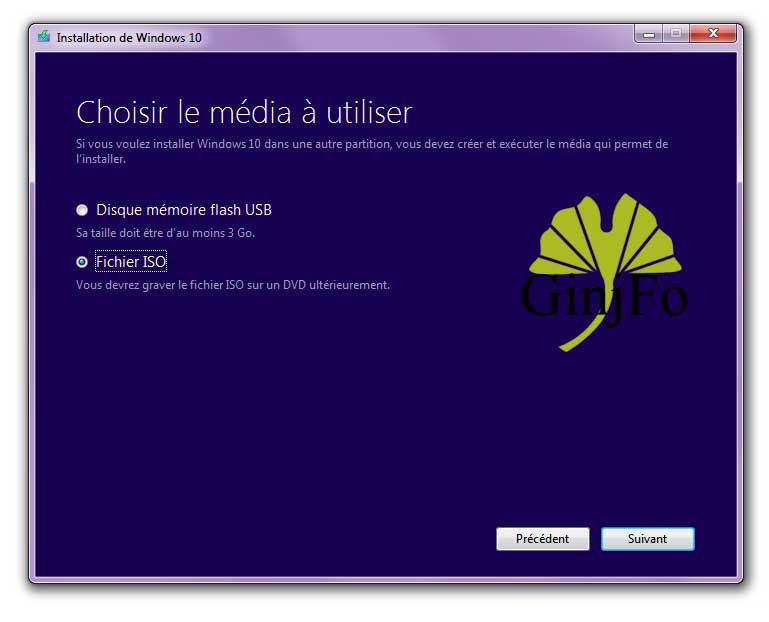

No comments:
Post a Comment
Note: Only a member of this blog may post a comment.